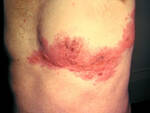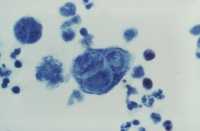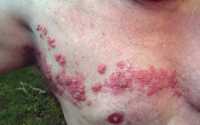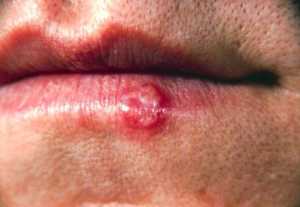Author Interviews, COVID -19 Coronavirus, Herpes Viruses, HIV, HPV, Infections, STD / 24.04.2023
Thermo Fisher Scientific Works to Combat Risking STI Epidemic with Better, Faster Testing
MedicalResearch.com Interview with:
Manoj Gandhi, MD PhD
Senior Medical Director of Genetic Testing Services, Thermo Fisher Scientific.
Dr. Gandhi has been working to advance the quality of medical care globally. Using his knowledge of Clinical Medicine and Molecular Biology/Pathology, he is focused on bridging these two fields and bringing innovative solutions that help advance science, the practice of medicine with the ultimate goal of impacting patient lives, whether it be in Infectious Diseases or Oncology or Personalized Medicine. This approach allows him to explore creative ways to utilize technology to help better identify diseases and improve the direction and value of treatment.
MedicalResearch.com: What are the most common STIs prevalent in the US and worldwide today?
Response: By far, the most common STIs in the US and worldwide is Human Papillomavirus (HPV) that can cause cervical cancer in women and Herpes Simplex Virus (HSV) that is the cause of genital herpes. Outside of these two major causes of STI, the others that are very common are Chlamydia, Gonorrhea, Trichomoniasis and Syphilis. It is important to note that the reported cases represent only a subset of the individuals with an infection as many may be asymptomatic and could be spreading these STIs to others. HIV is another STI that is common but usually rests in its own category due to its impact.
(more…)
















